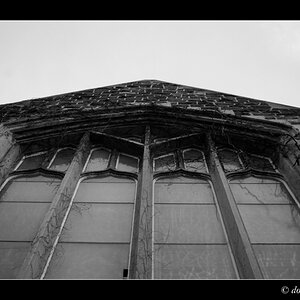PaulWog
No longer a newbie, moving up!
- Joined
- Jun 17, 2013
- Messages
- 1,153
- Reaction score
- 188
- Location
- Canada
- Can others edit my Photos
- Photos NOT OK to edit
I'm curious about the performance of a lens like a 150-600 (Tamron or Sigma) paired with a full frame camera. Every bit of research that I have done indicates that sharpness is significantly better (nearly double) on a full frame camera, since more of the glass is being used for the same number of megapixels. This would lead me to believe that a full frame camera could generally crop in to about what a crop sensor camera gets anyways, given the extra sharpness (but reduced reach). I've been googling, but there's lots to sift through, and too much research (by reading forums) can get boring fast. Given the significantly better ISO performance on a full frame camera, this leaves me wondering if full frame would be better with a 150-600.


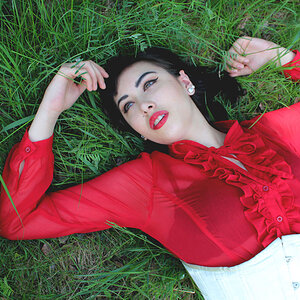
![[No title]](/data/xfmg/thumbnail/36/36681-6b091a8cd7318d47018c823a2eff3185.jpg?1619737677)
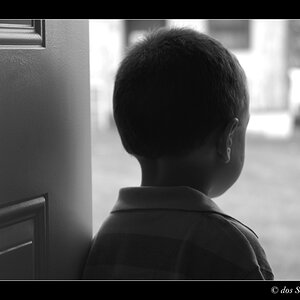
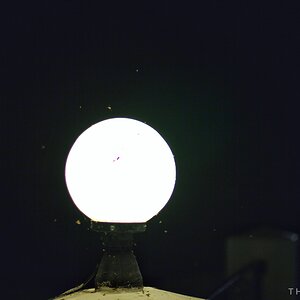
![[No title]](/data/xfmg/thumbnail/32/32158-8de1a90710a58144b47a0cee83a6c820.jpg?1619735234)
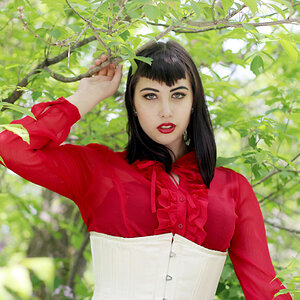
![[No title]](/data/xfmg/thumbnail/32/32151-8f2e9547814c70d611d42980b03d275d.jpg?1619735233)
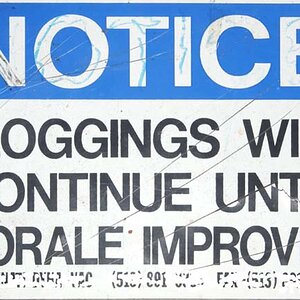
![[No title]](/data/xfmg/thumbnail/35/35865-5006be46d328277e5a956fa323782d97.jpg?1619737192)
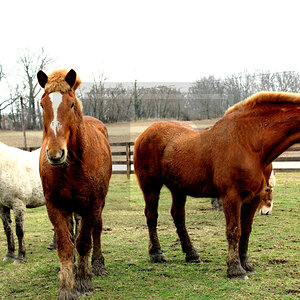
![[No title]](/data/xfmg/thumbnail/36/36682-50d0684eabff70509e27d7061c265146.jpg?1619737677)
